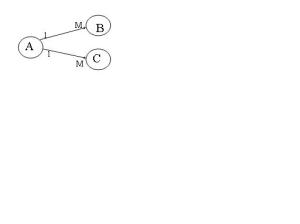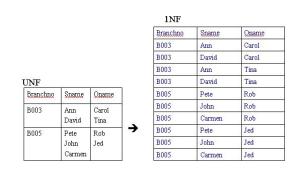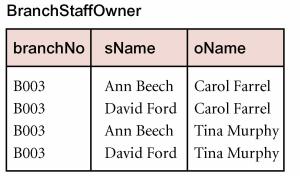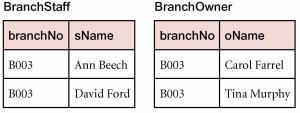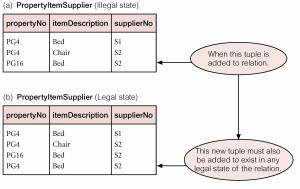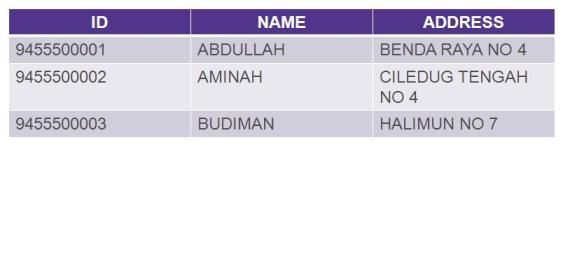· Based on functional dependencies that take into account all candidate keys in a relation, however BCNF also has additional constraints compared with general definition of 3NF.
· BCNF – A relation is in BCNF if and only if every determinant is a candidate key.
· Difference between 3NF and BCNF is that for a functional dependency A –> B, 3NF allows this dependency in a relation if B is a primary-key attribute and A is not a candidate key.
· Whereas, BCNF insists that for this dependency to remain in a relation, A must be a candidate key.
· Every relation in BCNF is also in 3NF. However, relation in 3NF may not be in BCNF.
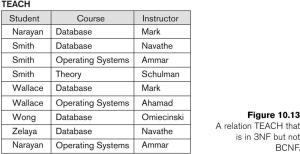
- Two FDs exist in the relation TEACH:
– fd1: { student, course} à instructor
– fd2: instructor à course
- {student, course} is a candidate key for this relation and that the dependencies shown follow the pattern in Figure 10.12 (b).
– So this relation is in 3NF but not in BCNF
- A relation NOT in BCNF should be decomposed so as to meet this property, while possibly forgoing the preservation of all functional dependencies in the decomposed relations.
- Main steps of algorithm 11.3:
– Find the FD XàY in Q that violates BCNF
– Replace Q by two relations with schemas (Q-Y) and (X,Y).
– TEACH relation is decomposed into:
– FD fd1 is lost after decomposition.

